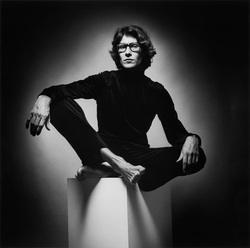 Fashion Designer, Yves Saint-Laurent So, I think many of us remember with a bit of sadness and chagrin YSL's name change from Yves Saint-Laurent to Saint-Laurent Paris back in June 2012. The very idea, for many of us, felt like a betrayal to the memory of the great designer, Yves Saint-Laurent, who founded the luxury design house in 1961 and created the iconic logo in 1963. At the time, I distinctly remember sadly shaking my head and thinking, "What's to become of the legend of Yves Saint-Laurent? This re-branding is surely a desperate cry for help and attention by the once trend-setting and cutting-edge designer brand." Boy, was I "ever" wrong and happily so! Like many of us, I was so mired in the "tradition" that the name, Yves Saint-Laurent, represented I forgot that Yves, himself, was a trend-setter. The designer, among other things, saved the House of Dior from financial ruin with his novel "trapeze dress" in 1957, credited for bringing new life to the dying couture business during the 1960s, and cultivating the prestige of ready-to-wear (pret-a-porter). This is ground-breaking stuff and not much different from the energetic collections Saint-Laurent's Creative Director, Hedi Slimane has shown on the Paris runways since announcing the brand's name change. Slimane with his bold name-change move simply serves to remind us that fashion is about the "Now" and the "Now" more often than not requires a reinvention in order to stay relevant to the current of the times. This idea certainly must have also grabbed hold with PPR, globally renowned heritage luxury group and parent company of Saint Laurent Paris, who recently announced the company's name change to Kering. So a rose by any other name would still smell as sweet? Maybe, but in fashion, new names typically mean a new attitude. In the case of Saint-Laurent Paris, whatever it smells "or" looks like...I'm personally loving it! 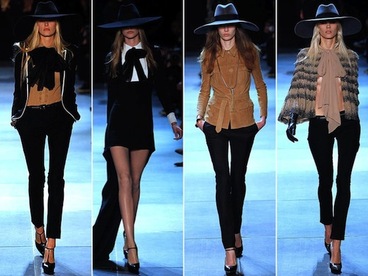 Saint-Laurent Paris Spring 2013 Runway Saint Laurent Paris' reinvention as opposed to being a snub to the great designer's, Yves Saint-Laurent, legacy is really an homage to what Saint-Laurent sought to convey in his various collections. He was one of the definitive designers during the 1960s and 1970s poularizing fashion trends such as the beatnik look, safari jackets for men and women, skinny pants, and most notably introducing the "tuxedo suit" for women in 1966. Slimane's Spring and Fall 2013 looks have a lot of references to the "heyday" of the Saint-Laurent fashion house. In reference to Slimane's Spring 2013 collection, the runway show featured rock-n-roll bohemian influences with slim-fitting, skinny pants; full, billowy chiffon maxi-dresses worn with capes; floppy bows with big brimmed floppy hats; safari-influence; and menswear inspired short tailored jackets. In Hedi's Fall 2013 runway collection which is decidedly influenced by the 1990s grunge movement (which may have been a mistake as luxury buyers "hate" grunge and most of you already know my stance on designer grunge), the designer continues to remain true to the tradition of Yves Saint-Laurent's vision which was always closely connected to the mainstream culture. Saint-Laurent was a jet-setter who spent much of his leisure time dancing and socializing in popular nightclubs like Studio 54 and his designs reflected the worldly lifestyle of of his loyal clients, many of whom were musicians and entertainers. 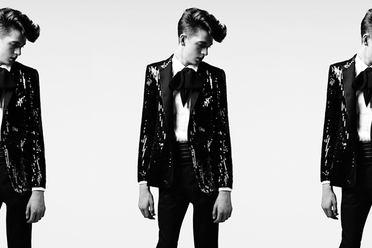 Saint-Laurent Paris Menswear Spring 2013 I love Hedi Slimane's vision for Saint-Laurent mainly because it still "is" the same rose...it's just so much "sweeter." The collections presented not only "stamp" the sign of the times, but preludes the next "big" fashion trend. There is a force of symmetry not only in how Slimane approaches each collection seasonally, but also in how both womenswear and menswear collections truly "marry" one another. You can almost envision and sort of root for a happy ending between the Saint-Laurent Paris guy and girl. As evident from the style details of each respective collection, this pair is a match made in rock-n-roll heaven. 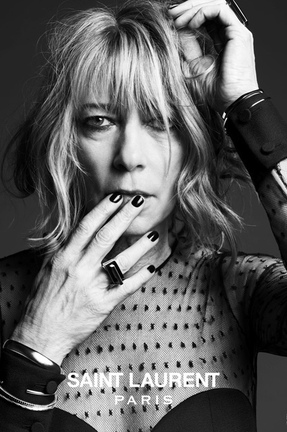 Saint-Laurent Paris Music Project-Kim Gordon Hedi Slimane's latest work, The Saint-Laurent Music Project, is a logical collaboration of music icons and Saint-Laurent Paris designs. Musicians featured wearing Saint-Laurent fashions include Beck, Courtney Love, Marilyn Manson, Ariel pink and Kim Gordon. Slimane's black and white photographs of these particular musicians is simply another example of Slimane's savvy creativity, understanding of the YSL legacy, and sense of relevancy which will continue to bring attention and success to this great brand. Hedi is creating a very specific, defined customer. One who, like the traditional YSL patron, is connected to worldly pursuits, popular culture, and of course, music. Slimane not only has confidently reinvented YSL, but he has boldly reinstated the fashion designer's role to interpret and encapsulate popular street and cultural trends making them at once enviable, desirous, and obtainable. I would love to continue this discussion. Leave me a comment or contact me directly. Fashion Freelance Works! Find out how I can work for you by submitting your contact information on this website.
0 Comments
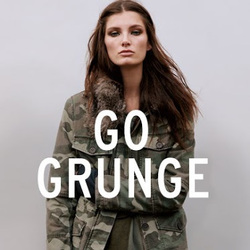 So why am I advocating grunge fashion? Aside from the prevalence of grunge-inspired fashions seen on the Spring 13 runways, the proliferation of mismash fashion currently on display during New York A/W 13 fashion week, and all the fashion magazines, like Style.com, touting how to get the "look", I'm not advocating to Go Grunge. There seems to be a relatively disheartening lack of core brand identity currently on display in the fashion industry. It seems either we have lost our way or we are desperately searching for a way. I have not yet determined which end is up, but what I do know is that the "way" begins with "not" being afraid to identify with a core consumer base. Whether you are designing and branding to a youth-oriented, a mature consumer, particular ethnic group, or socio-economic status clientele, you should do so confidently and unapologetically. Fashion is not about being politically correct. It's about answering the call and desire of our specific, defined target consumer. If you, either as designer or a brand, are not going to trust your consumer and design clothes that "shout" out your design aesthetic and identity, then heck, you may as well just throw up your hands and Go Grunge. Grunge fashion gained popularity in Seattle, Washington during the 1990s. It was an anti-fashion movement born from the disenchantment of the youth population who were struggling with the economic hardships of the time. Grunge is predominantly identified with plaid, cotton flannel shirts "artfully" tied around the waist or worn over a baggy cotton tee-shirt...but other than the ubiquitous cotton flannel, plaid shirt, there is no true constant identifier for grunge. It's primarily in the attitude...dark, edgy, with an overarching "drop-out" demeanor. Sounding familiar? Based on what I've seen overall on the A/W 13 runways...the sense of despair, lost resignation, and abandonment (not in a good way) has definitely struck a cord for me. Designer grunge fashion is always so laughable because grunge is not based on luxury fabrics, specialized design details, and sophisticated cuts, but rather based on comfort fabrics and shapeless or destroyed clothing. Grunge is a mismatch of patterns and silhouettes. Although trending is the assemblage of varying fabrics, patterns, and textures for 2013-2014, this trend is born from a sophisticated understanding of aesthetically mixing textures and/or patterns to reinvent a look, not destroy the integrity of the design. 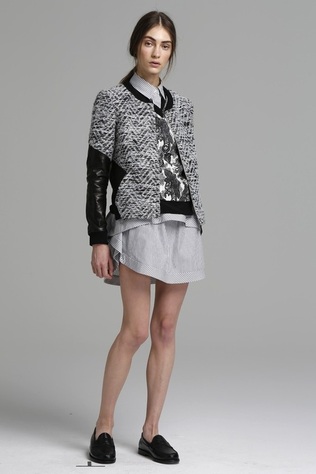 Thakoon Addition RTW Fall 2013-Assemblage Fashion is about taking chances, having a stance, and not being afraid to make a statement even if it only makes sense to your core consumer..."standing by" your brand identity. Why do you think designer brands like Burberry, Chanel, and Calvin Klein have remained successful throughout the years? I'm not saying not to invest in a few grunge-inspired pieces in your product line development or buy plan. Grunge inspiration is a definite trend and speaks to a particular consumer market...one that is a lot younger, possibly just entering college or the job market with quite a bit less cash to spend on designer and luxury items. Grunge can even be fun to explore as a visual merchandising concept or theme for a more mature, upscale market who may have fond memories of their "grungier" days and so think it may be fun to bring a little plaid, cotton flannel, stud details, or mismash into their weekend wardrobe. What I am saying is, "Designers and merchandisers, please, stop trying to please everyone and focus on pleasing your core customer." Make sure your product line speaks to their specific needs, of course, incorporate trend as appropriate, but don't Go Grunge if it doesn't make sense to your shopping audience. I would love to continue this discussion. Leave me a comment or contact me directly. Fashion Freelance Works! Find out how I can work for you by submitting your contact information on this website.
 Although the death knell continues to sound for the future of on-site retailing, I still believe in the potent power of retail therapy. Though there is satisfaction gained from shopping online much like ordering take-out or pizza delivery, it still does not equal the calming thrill (yes, an oxymoron) of walking in a store and being swept away in the sensory fantasy buffet of smelling, touching, tasting, seeing, and/or hearing my prospective purchases. There are decided advantages to online/mobile shopping. As many of us well-know in the industry, a few advantages as following:
The biggest buzzword now hitting the retail streets is "showroom shopping." Ever heard of it? Well, showroom shopping or showrooming is when customers use on-site retailers to shop and compare products in person and then go back online to a competitor (gasp!) to purchase the same item for a cheaper price. Amazon was recently featured in the news encouraging their customers to do...just that (showroom). “The traditional retailers are still doing business the old way while Amazon has reinvented the model,” says Sucharita Mulpuru, retail analyst at Forrester Research. “Wal-Mart and Target are willing to sell a few things at a loss. Amazon’s whole business is a loss leader.” Comparative shopping is not a new concept, just the speed and efficiency to do so, due to the use of mobile devices, has changed and caused on-site and multi-channel retailers to worry. This type of shopping behavior, of course, benefits retailers like Amazon or E-bay which do not have on-site stores, but want to keep that customer who you and I know will inevitably drift into an actual store as some things do have to be seen in order to be believed, enjoyed, or at least understood. At this point, show rooming has a relatively impact on U.S. customers (only 7%); more popular in China (26%) and India (13%), but based on holiday shopping data, this figure could grow for U.S. customers. I have to admit...I'm guilty of whipping out my mobile phone when I'm shopping on-site...mainly "just" to see customer reviews and ratings...this doesn't make me a bad person, just more informed, like most of today's customers. I want to stress that retailers, like Amazon, realizes their tenuous position in the marketplace by only offering products via online/mobile and have decided to go into attack mode in regards to its relationships with on-site retailers by offering lower prices to customers and encouraging consumers to showroom shop. As I've often stressed, competitive advantages are those that are long-term; price wars, due to its easy duplication, is not a sustainable competitive advantage. In the need to drive prices lower, quality is compromised which creates a situation where "everyone" (vendors, retailers, consumers) loses. I just want to stress that online retail advantages do not necessarily bode as disadvantages for on-site retailers, but instead must be looked as opportunities for brick-and-mortars to tap into the needs and interests of their consumer markets. Successful retailers remain relevant and viable due to their ability to recognize and most importantly adapt to their customer's changing needs and interests. Ways on-site retailers can begin to adapt as following:
“Whoever said money can’t buy happiness simply didn’t know where to go shopping.” Bo Derek I would love to continue this discussion. Leave me a comment or contact me directly. Fashion Freelance Works! Find out how I can work for you by submitting your contact information on this website.
Put Predictive Personalization To Work For You-JWT Intelligence's 2013 Ten Consumer Trends12/31/2012 There's a lot, 10 actually, great 2013 consumer trends highlighted in this video. I decided to focus on #4.) Predictive Personalization. Primarily due to the immediate high profit-driven results with low initial costs impact. Before I go delve deeper into the financial windfall offered by paying attention to the Predictive Personalization trend, let me take a moment to explain...a bit more...what "is" predictive personalization...what it means to you, the designer, the manufacturer, the retailer. The concept is not new...and has been around since the beginnings of Quick Response (Q/R) and Just In Time (JIT) manufacturing processes. It involves the basic tenets of Q/R...link back to my Fast Fashion Is A Collaborative Process post. Click on the link above and had a chance to do a quick review? Great..so you noted that the three basic tenets are: Control, Communication, and Collaboration. Real simple, right? Yes, it can be with the use of computerized technology, such as POS, EDI, PDM, internet, email, etc...(you getting the picture), as well as building strong partnerships with your supply chains from the beginning (textiles) to the end (retailer), and working together to communicate changes as they happen. If haven't already, then you may have to invest in a little computerized technology (hence the low initial cost impact), but the rest only cost you "time." The time it takes to establish open channel relationships with your key vendors and customers. There are lots of ways to work to link information...but that's for another blog posts. Let's just focus on why "you" should be paying attention to Predictive Personalization..now. So as I mentioned before, old concept developed during the 80s...but now has been given a face-lift due to our ever-changing, always demanding consumers. So now Predictive Personalization is telling, not "asking" us to expand our periphery of control to include the voice of the consumer.
You've probably heard about crowd-sourcing...well, the idea now is to understand how to mine crowd-sourcing resources such as Polyvore or Pinterest to create specialized merchandise offerings for your most loyal and fanatic consumers. The best success story that comes to my mind is ModCloth. If you have a better example, then let me know. There are many different ways to give over a little control to your consumers, but crowd-sourcing is currently one of the more popular options. The cool thing about giving consumers more control in the design process is that you also open the channels of communication...and yes, we get great POS information about our consumers from our retail partners, but we don't get to "know" our customers in terms of their wants, needs, hobbies, life-style choices, likes and dislikes...and when we open the lines of communication to our consumers we also open the potential to offer more personalized product offerings that more fully address the needs of our consumers...which makes us "Super Stars" in the eyes of our customers. The end result is a collaborative process linking the design process and retail experience back to our target market's desires. A simple win-win. You can pull ahead of the competition by giving your customers more of a voice in the product development process; creating loyalty, fresh offerings, strong stock turns, lower markdowns, and high profit margins. Winning;)! I would love to continue this discussion. Leave me a comment or contact me directly. Fashion Freelance Works! Find out how I can work for you by submitting your contact information on this website. Happy New Year! Anna Wintour’s, editor of Vogue Magazine, accusers have slung every disparaging word in the book at her, from cold, brusque, dictator to controlling, heartless, witch, and yet she continues to endure the spiteful arrows of her critics with ne’er a hair out of place, her demeanor remains composed, and her purpose is sure. As ruler of the fashion world, her sovereignty is to reveal, even if it is only an illusion, to her glamour seekers the perfect world of designers, their fashions, and the famous people who can afford to wear them. Anna’s queendom requires the complete servitude of her subjects, designers quack and quiver in her presence seeking only to create designs which will please her enough to be featured in her magazine. She is after all, the personification of Vogue, and if one is to be considered Vogue, then one must design to please Vogue…and so, the creative process becomes a fashion machine, jerking and churning to fill the pages of Vogue Magazine. Azzedine Alaia intimately knows how it feels to be banished from the queendom…death by anonymity. Yet, he continues to prevail and shows no sign of accepting Queen Anna’s dictate. “[Wintour] behaves like a dictator and everyone is terrified of her…but I’m not scared of her or anyone,” quotes Alaia. Brave words, especially when Alaia is obviously David battling an immaculately dressed, well-armored Goliath. More Davids definitely would mean Vogue could truly be relegated to the role of “a glamorous girlfriend,” instead of the singular voice of taste and style in fashion. Fashion voices representative of a democratic process which allows a space for alternative, innovative, and unknown designers and invite erstwhile consumers to partake in the electoral process of an inclusive, revolutionary vision of design. This seemed to be a week of contention and conflict...maybe the spring fever and slow sales is a bit too much for some of us to handle. 1.) The Metropolitan Museum of Art's annual Costume Institute gala theme featured "The Model as Muse: Embodying Fashion" opened on Monday. Celebrities traditionally see the Costume Institute event as a chance to take more sartorial chances...some good...and some, not so good. 2.) Met news continues...Naomi Campbell decides not to attend the event to protest the museum's snub of her mentor's, Azzedine Alaia, designs. 3.) More Met gala drama...Keifer Sutherland headbutts Jack McCollough of Proenza Schouler. Anna Wintour is furious. Brooke Shield is caught in the middle. Sutherland is scheduled to turn himself into the police today. 4.) Woody Allen's fight against American Apparel continues. Allen is suing American Apparel for $10 million dollars after the company used his picture on its billboards and web site. He claims the company didn't have permission and that the billboard depictions tarnishes his image...hmmm. 5.) Designers duke it out in D.C. Tim Gunn went to Washington, D.C. this week to lobby for the Design Piracy Prohibition Act. The bill, if passed, would give fashion designs copyright protection for three years. 6.) Gucci sues Guess? over logo, claiming trademark infringement due to Guess?'s use of green and red strip designs as well as interlocking 'G' patterns is a direct rip off of the Gucci brand. You be the judge. 7.) Victoria Beckham's turn to strut her stuff for Emporio Armani's new lingerie line. 8.) Pierre Cardin, the 86-year-old designer, takes a tumble at his property in Lacoste, France, but has recovered. 9.) Forever 21 continues its plans for world domination. This week looking for a suitable site in London to locate their fashion teen dream shop. 10.) Anna Sui designs a Gossip Girl inspired line for Target. The collection is due to hit stores from September 13 through October 17. That's the cap! This week Fashion Speaks introduces a new weekly posting, The Fashion Cap. The Fashion Cap consists of a recap of the top 10 fashion happenings of the week. 1.) New York designer, Rachel Roy, unveils new diffusion line for Jones New York. Here's hoping Roy's flair for style will rescue Jones recently reported 98% profit plunge. 2.) Matthew Williamson causes a commotion with the launch of his new line at H&M, although reports are saying, Grace Jones may have stole the show. 3.) Luxury brands continue to take a hit due to the "recession." Both, Prada and Gucci , posts negative earnings for 2008. 4.) Abercrombie and Fitch beware! Teen spending reported down by 14%. 5.) Taking matters into their own hands, Forever 21 looks abroad with planned store openings in Japan. 6.) Michael Kors opens his first UK store without all of the hoopla of an H&M launch or Top Shop debut, but we are sure with the same amount of style and panache. 7.) The press delights us with more news of yet another celebrity deciding they can do anything better than we can. This week's design star is David Beckham who has been quoted saying he is not going to model his own clothes...YET! Consumers are feeling more confident in April, so maybe, Mom will get that new Escada bag she was eyeing over at ideeli.com for Mother's Day! 9.) Lilo finally gets something right! Retailers, Nordstrom and Henri Bendel, report her leggings line, 6126, is flying off the shelves. 10.) In celebration of Marks and Spencers' 125th anniversary and hopefully to spark more consumer excitement, M&S announces their new womenswear line, a collaboration with designer, Zandra Rhodes, will hit store floors on May 9th. Happy Birthday, M&S! That's the cap! The news reports are stating that the Spring 09 selling season has yielded dismal results for retailers, caused largely by the economic recessions and the lower than expected sales planned for Easter holiday. Sale dollars are not heavily forecasted toward ready-to-wear apparel and hence, designers and merchandisers are not encouraged to spend too much time or company money planning and designing innovative spring lines, but rather to follow last year’s selling patterns, update the colors, add a new pattern here and there, but don’t spend too much time creating a line for spring. Maybe Spring 09 is dead, maybe it’s too early to say, although honestly…I, like many of you, have decided to move on and look ahead towards Spring 10. An onsen is a term for hot springs in the Japanese language. Onsen water is believed to have healing powers derived from its mineral content. The onsen or hot spring, is not only inspirational in the color palette each spring uniquely yields due to their specific mineral composition, but also it begins a thematic process that reflects fabrics and design details that advocates turning away from the hectic activity we create in our everyday lives. So, this week’s musing is directed to you. As you begin the Spring 2010 design process, what inspires you? What if you were stopped on the street and someone offered to buy everything you owned? What would they find? Would the items on your person truly represent who you are…your beliefs, political stance, goals, religious affiliation, or values or would they find random inconsequential items that somehow found their way inside your pocket or purse. Liu Chang’s exhibit, Buy Everything on You(2006-2008), currently on display at The New Museum of Contemporary Art, offers such a snapshot into modern Chinese culture. The artist approached people on the streets and offered to buy everything on their person. A new China that is intent on capitalizing on consumers’ needs and desires for new things and supplying the West’s ever-growing demand for quick, cheap, and disposable fashions. Most interesting, is that Chang chose a canvas which showcases both contemporary consumer proclivities as well as outlines the social and personal forces that help us to define ourselves—our clothing. learn more click link for China Youthology Blog Today, a rapidly growing upper and middle class seeks to enhance its identity and quality of life with luxury products. Much of Chinese spending is driven by people’s desire to enhance their own social status and visibility by an association with famous brand names. In recent years, it has not been uncommon to see owners of a new suit conspicuously “forget” to remove the brand name and price tag that revealed the maker and high price of their new apparel. Recognizing both China’s demand and ability to purchase these designer items, luxury brands, such as Prada, LVMH, and Armani, have and continue to scout new locations to open boutiques in China. Many more designer brands are looking toward the Far East as the demand for luxury products face sharp declines in Western Europe and the United States. In sharp contrast, the West is reworking the paradigm for luxury, which involves less the acquisition of high end products and instead centers on the luxury of intangibles(time, freedom, and personal satisfaction). The recession has now forced us all to stop, pull out the things on our person, and truly question if we really are only the sum of our possessions. Our economic downturn has not only brought with it disillusionment and insecurities but also in its wake has created a new type of nationalism. The main idea behind fashionalism is to make nationalism “hip” and to give citizens a sense of ownership in their country’s economic and social landscape by purchasing American designers and brands. We, in the United States, are not only experiencing a surge in nationalistic pride in our fashion choices, but this phenomenon has also taken fast hold in fashion capitals across the globe. As well as purchasing fashion items with the British flag emblazoned on them, British buyers, same as American buyers, are concentrating on stocking stores with brands and designers that are specific to its respective country. In Great Britain, this includes items from designers, Vivienne Westwood and Paul Smith. It is interesting to note that the wave in fashionalism has crested during a time when the G20 summit is taking place. The media has spent a significant amount time scrutinizing the attire of First Ladies, Michelle Obama and Sarah Brown. Both women have made a clear fashion nationalistic fashion statement by choosing to wear “homegrown” fashions. The purpose of the current London G20 Summit is to bring the world’s biggest economies together so they can work to find a solution to help restore global economic growth through better international coordination. While at the same time, many of the G20 nation members have already implemented measures designed to restrict trade and protect local industries. While an interest in nationalist shopping continues to grow, many proponents of free trade and globalism are concerned that ultimately buying locally may hurt international trade and stunt economic growth in the long term. |
Contact Fashion SpeaksThank you, your message has been sent
Archives
April 2013
|
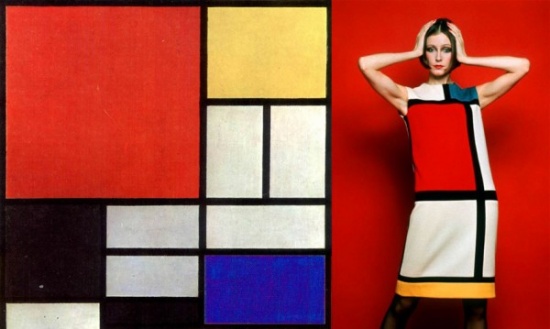
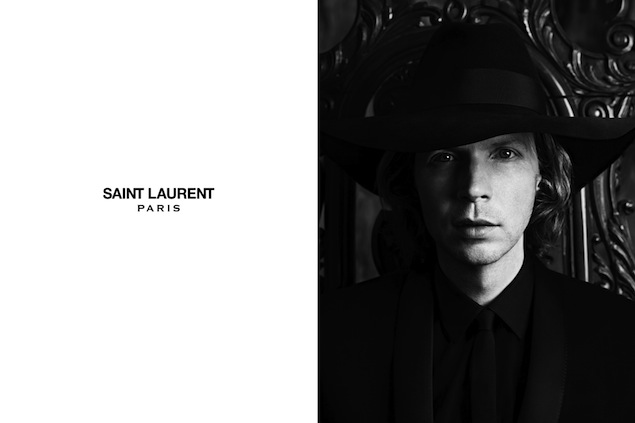
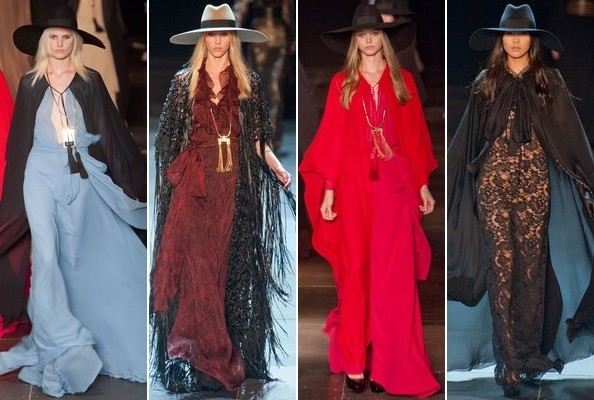
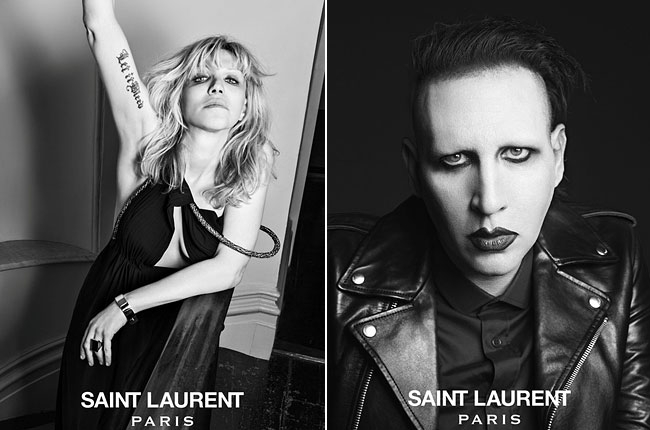
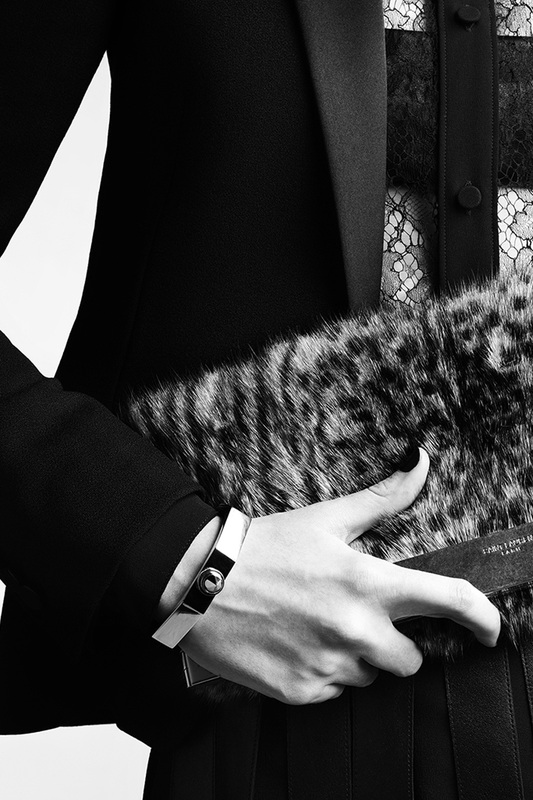
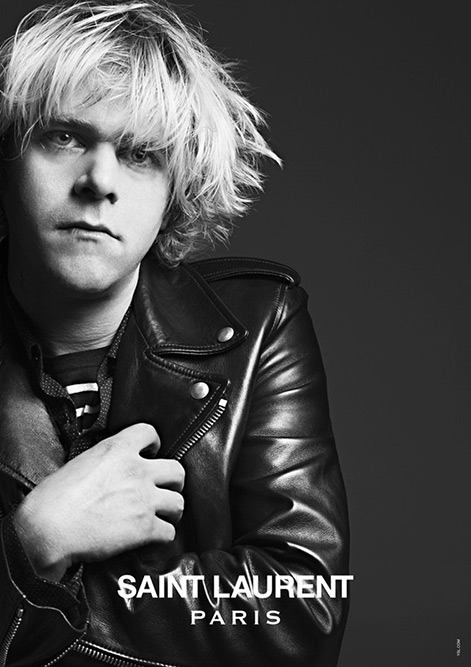
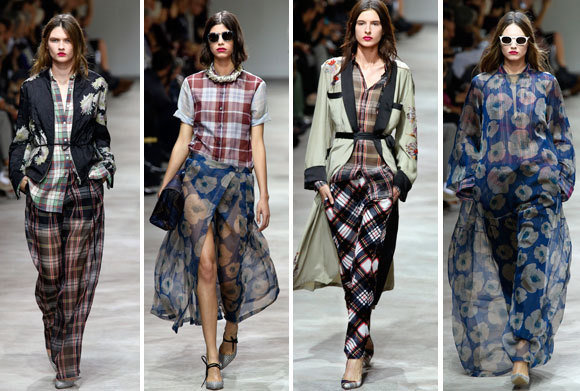
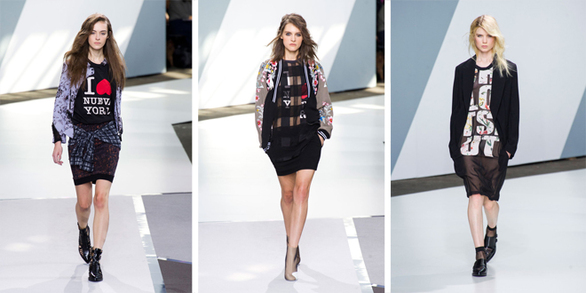
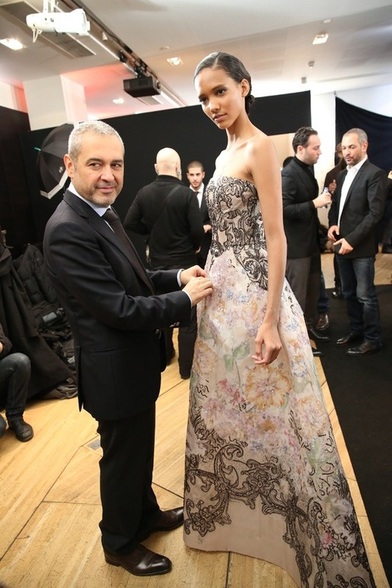
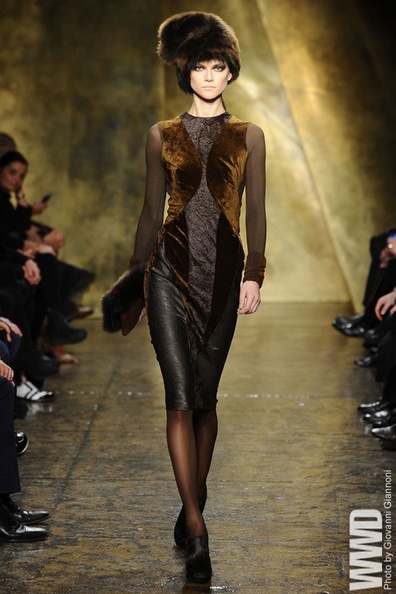
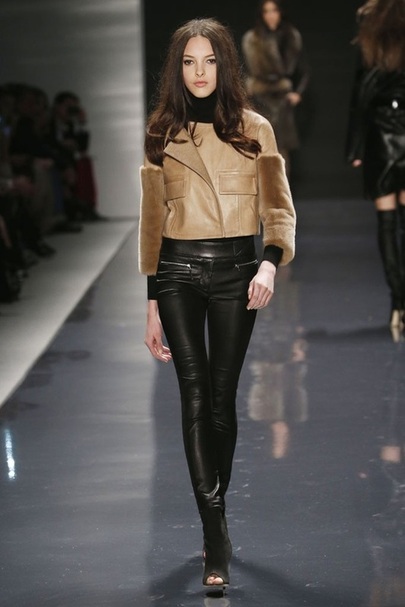

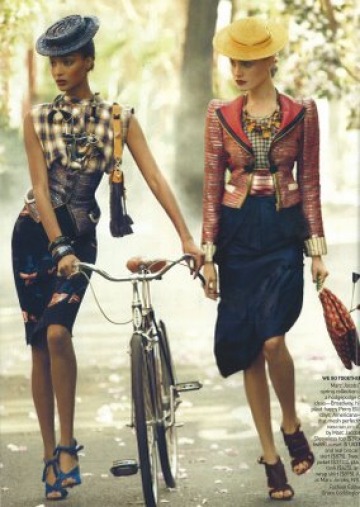
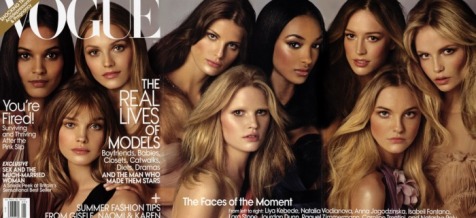
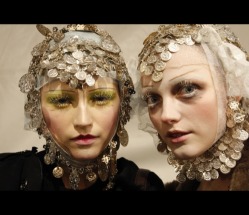
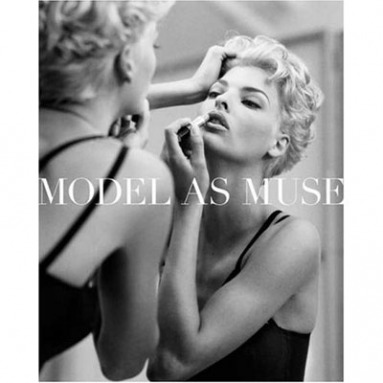
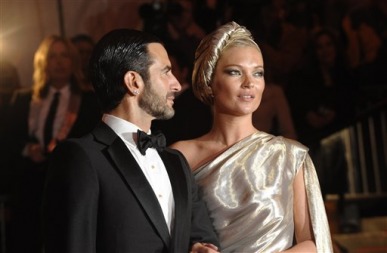
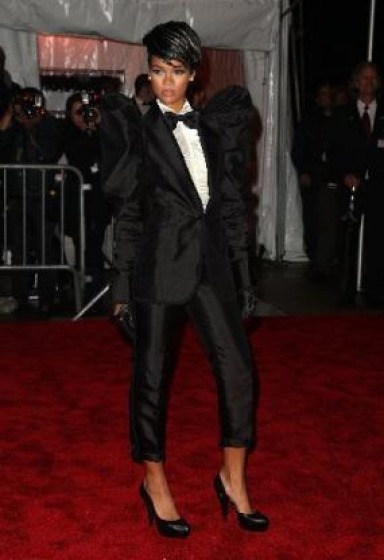
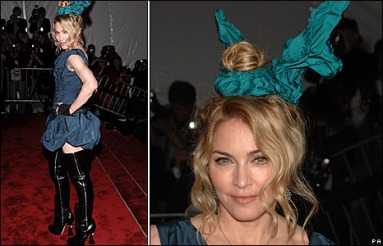
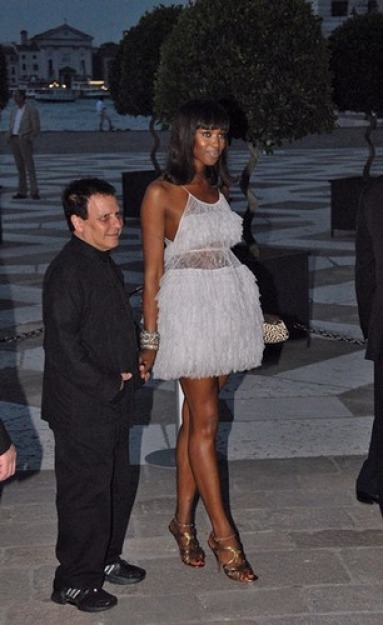


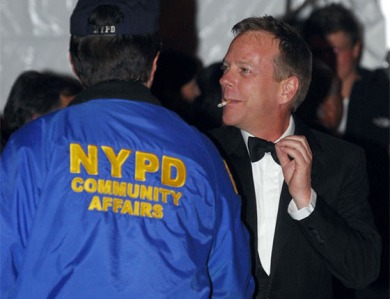
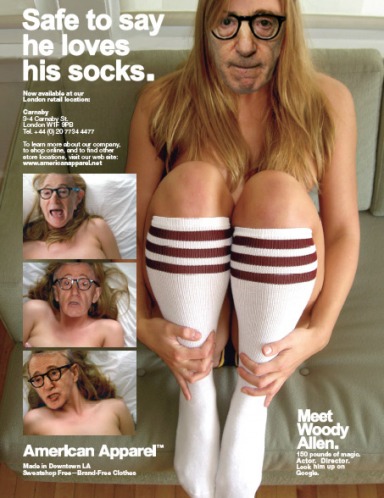

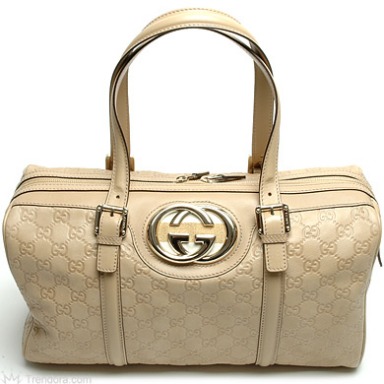
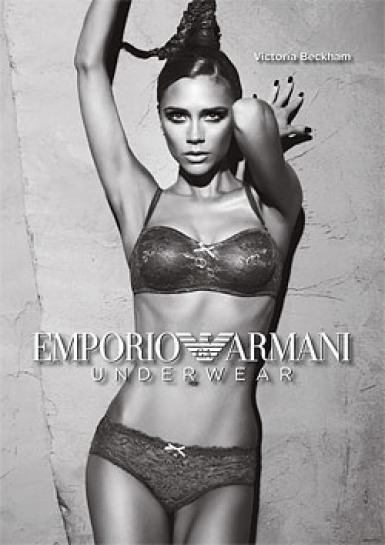
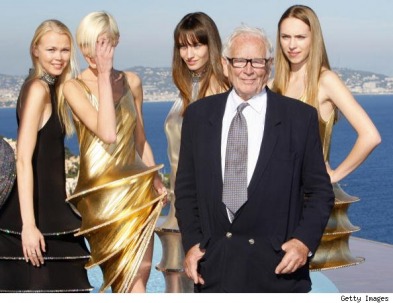
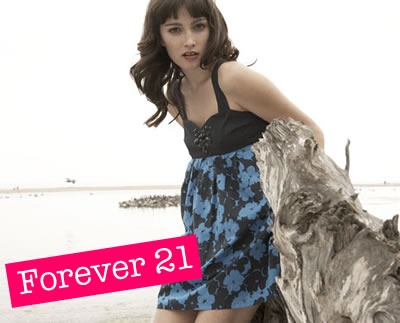
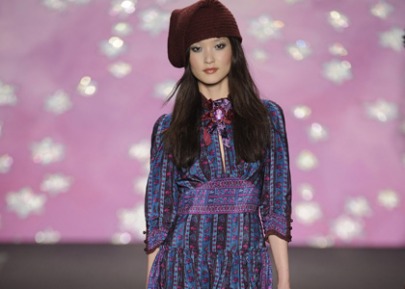
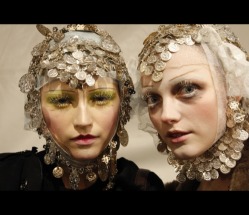
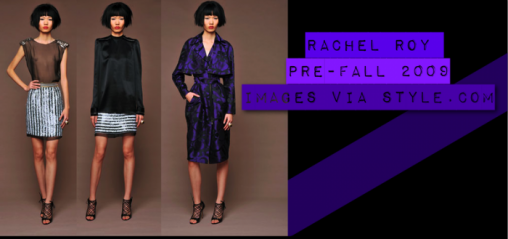
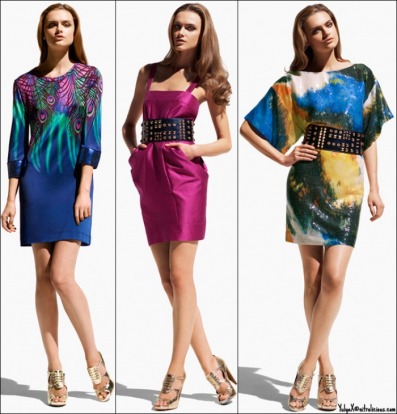
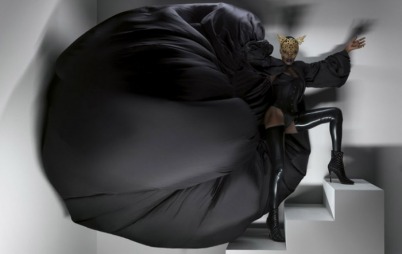
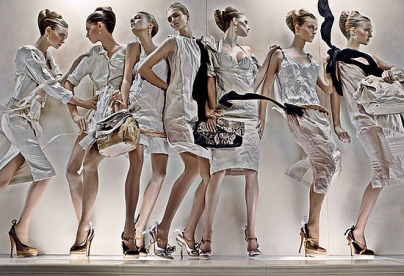
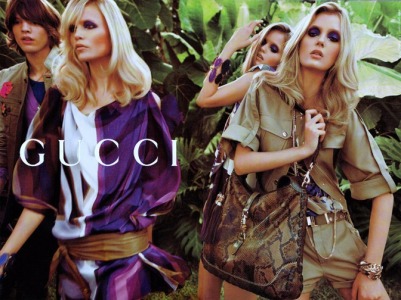
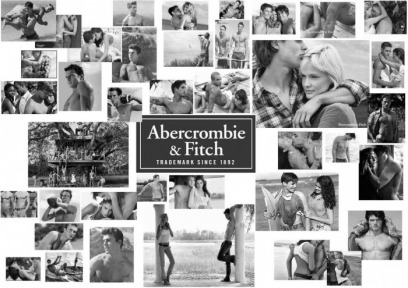
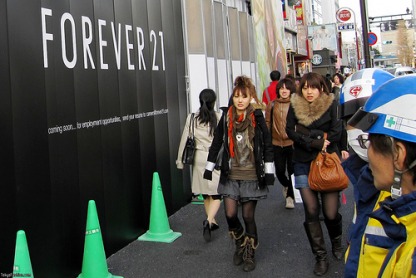
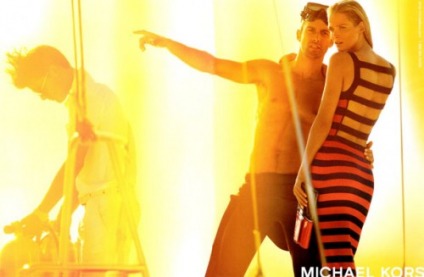
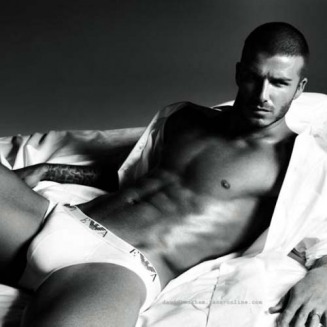

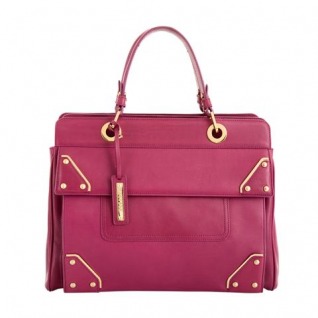
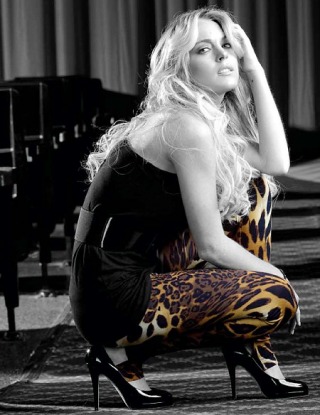
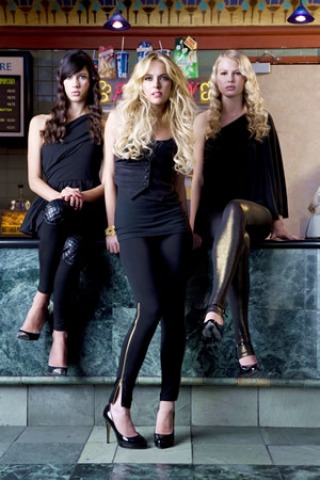
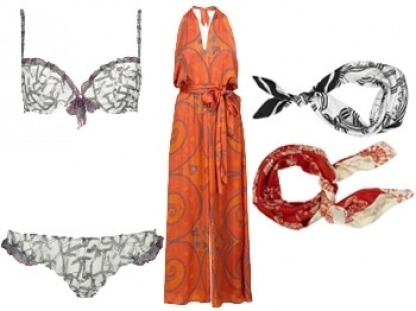

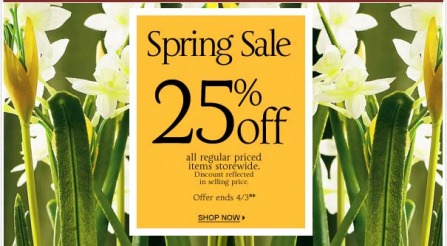
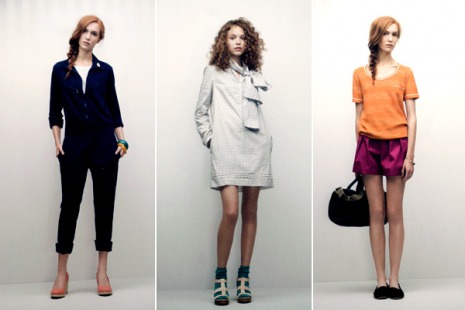
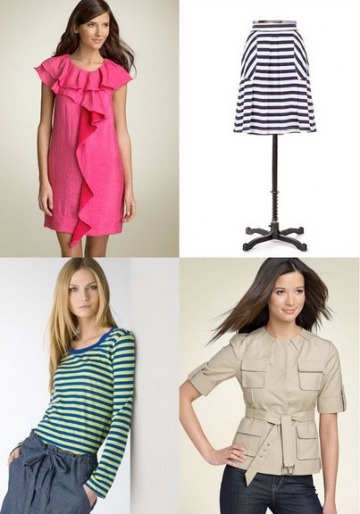




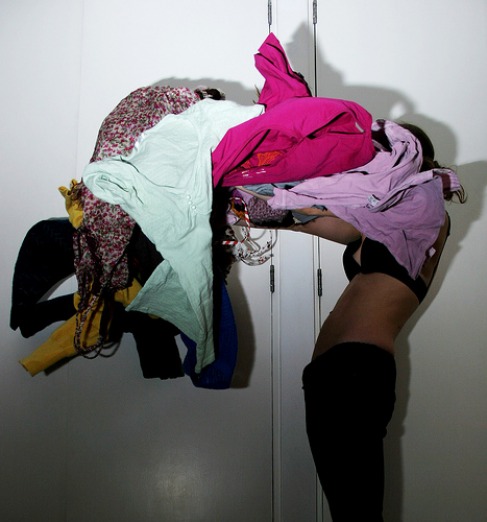
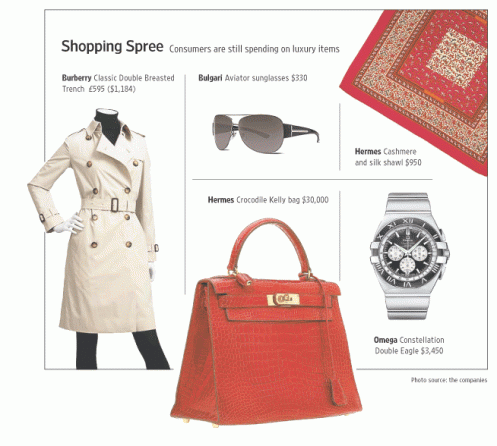
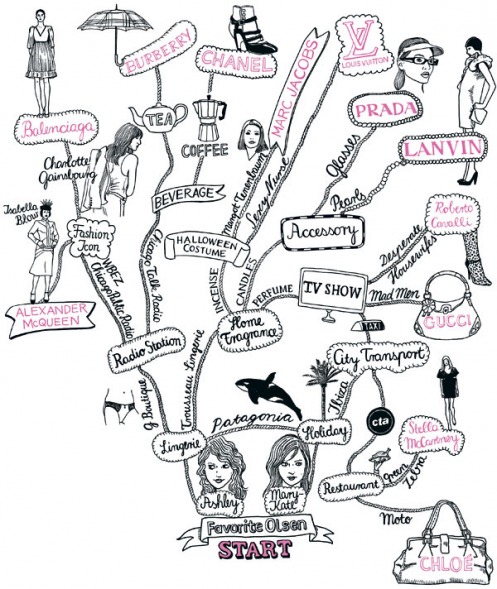

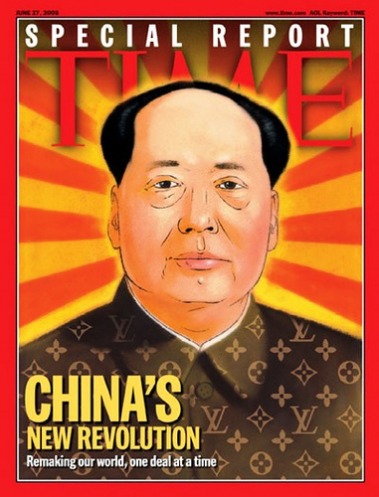
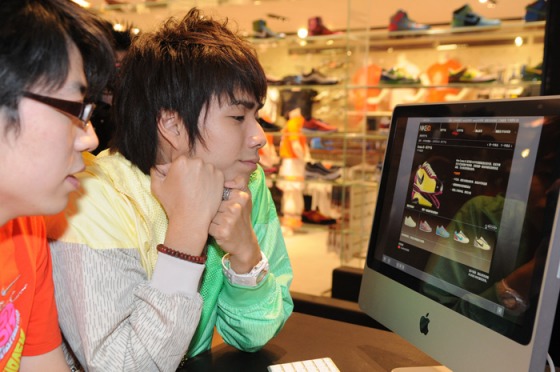
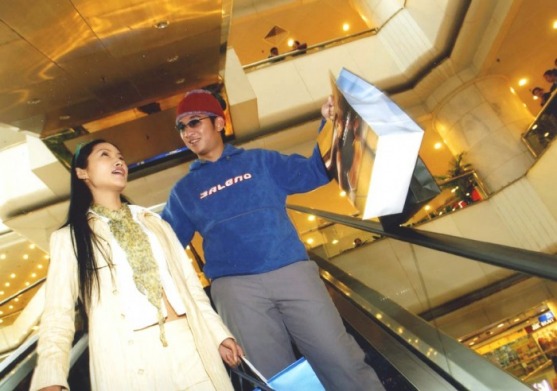
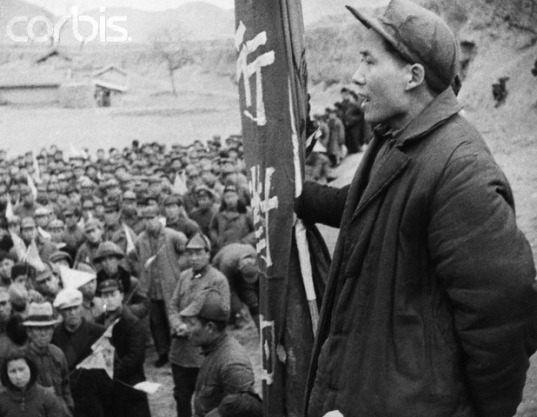
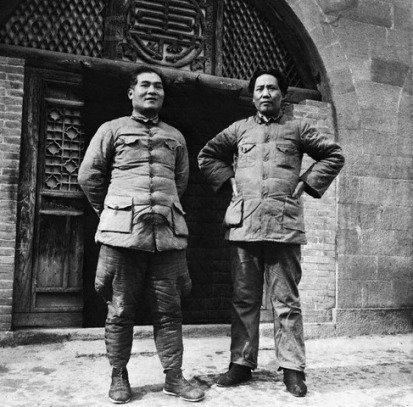
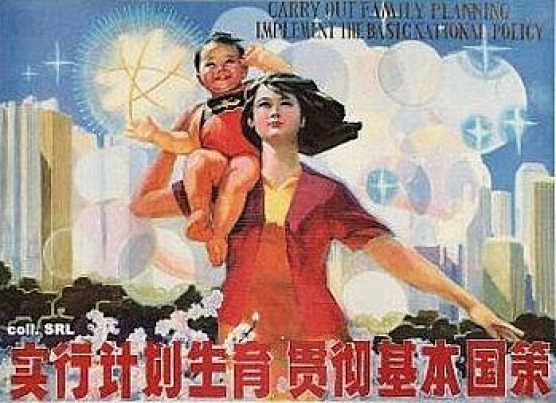
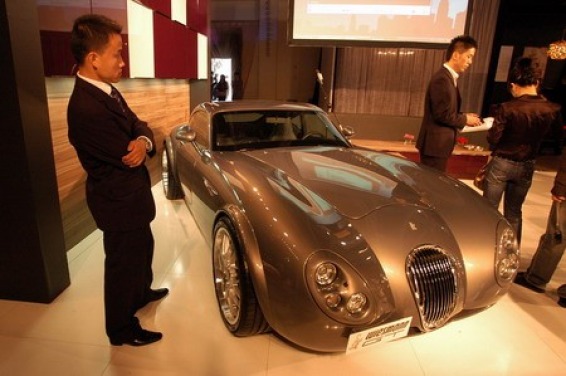
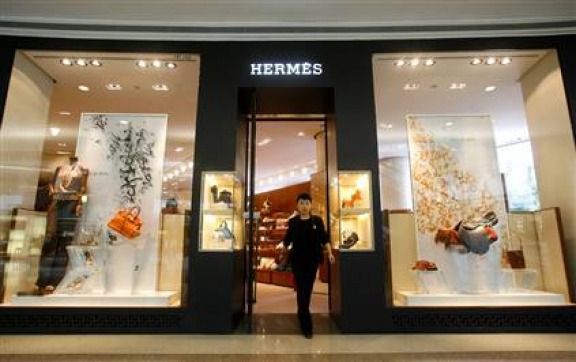

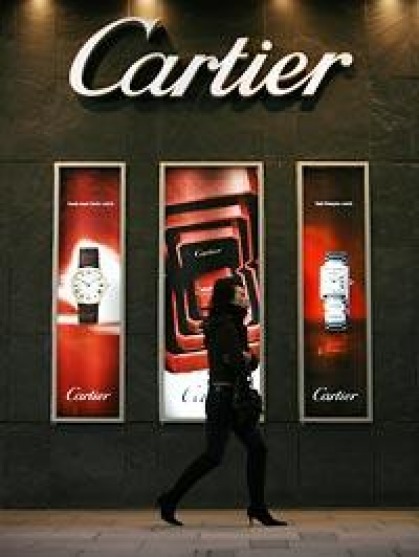

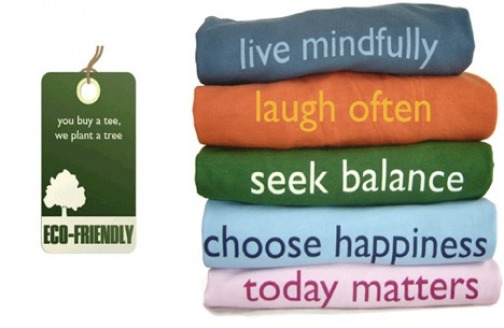

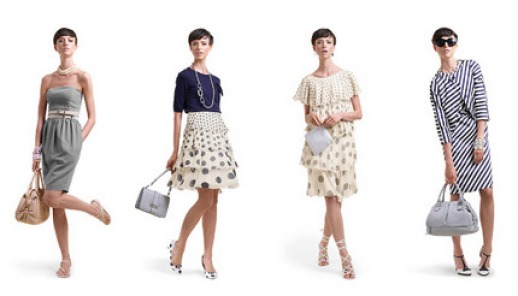
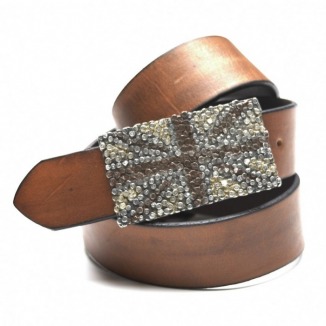
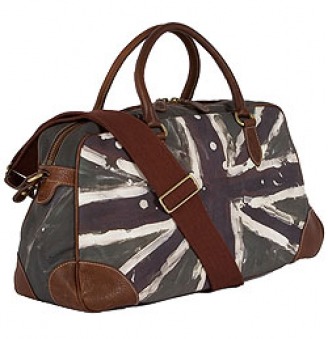
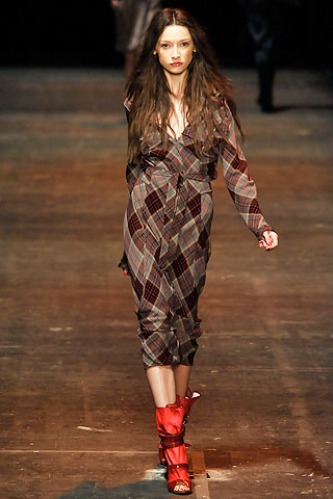
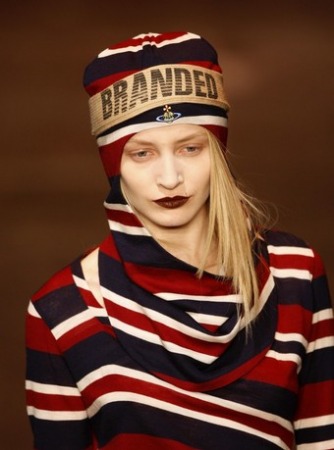
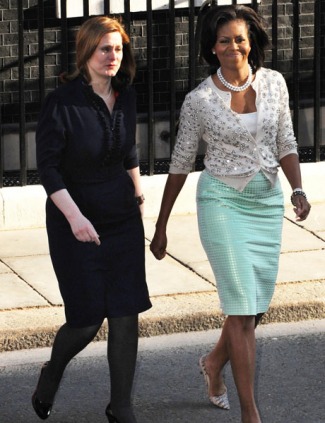
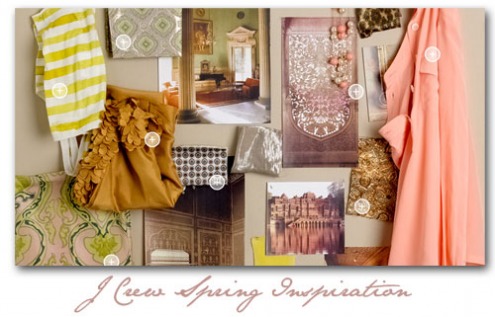
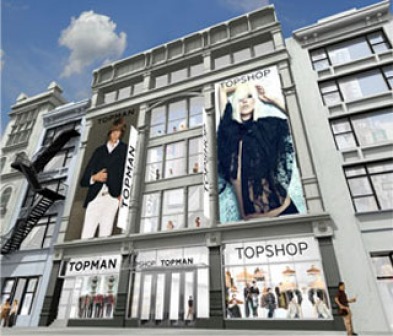
 RSS Feed
RSS Feed
